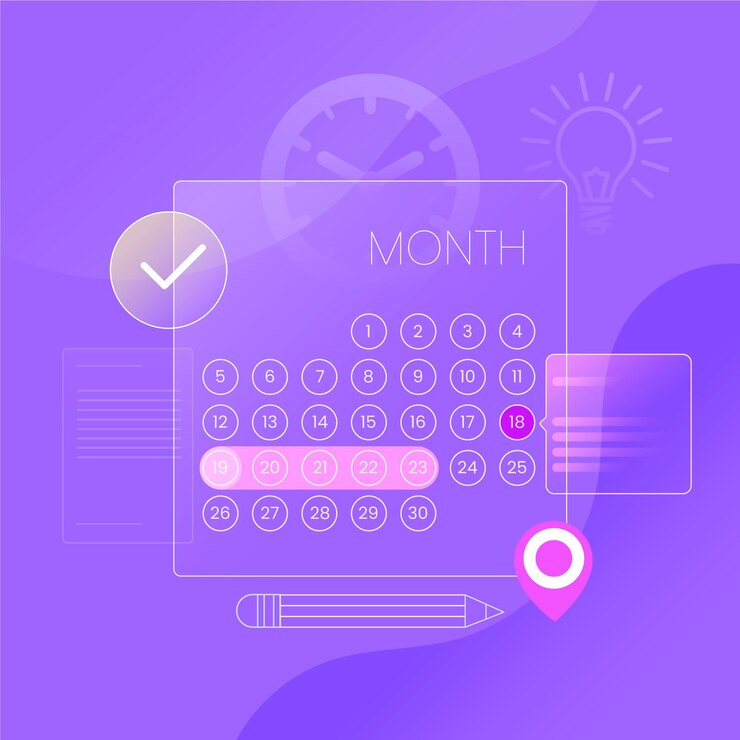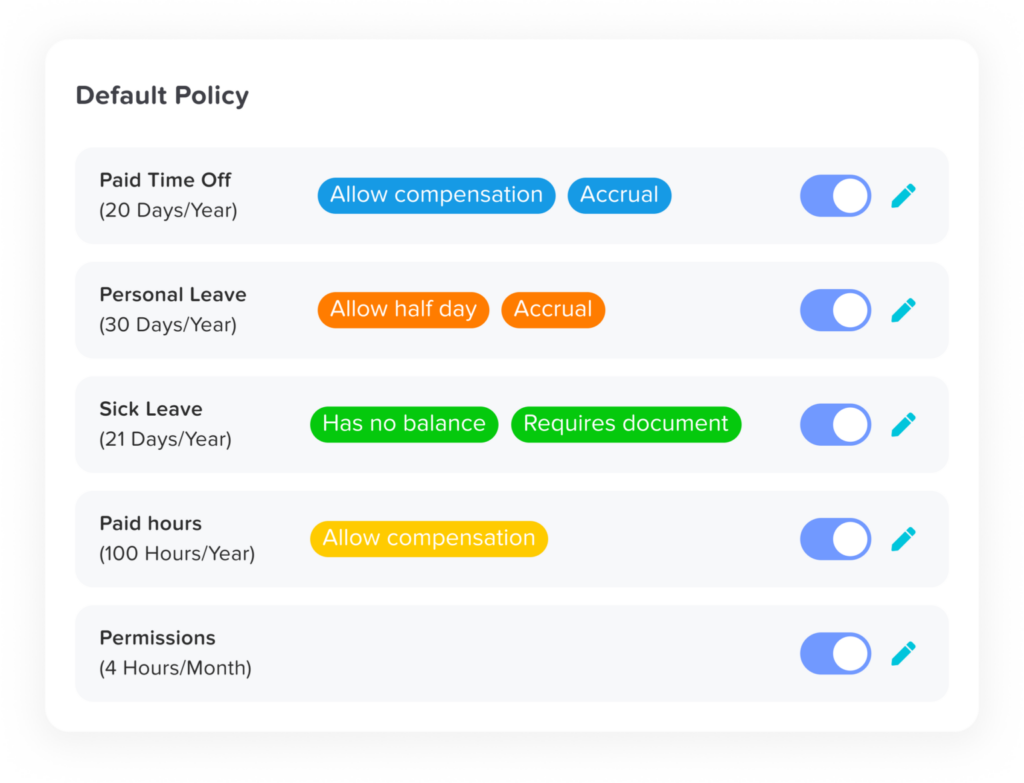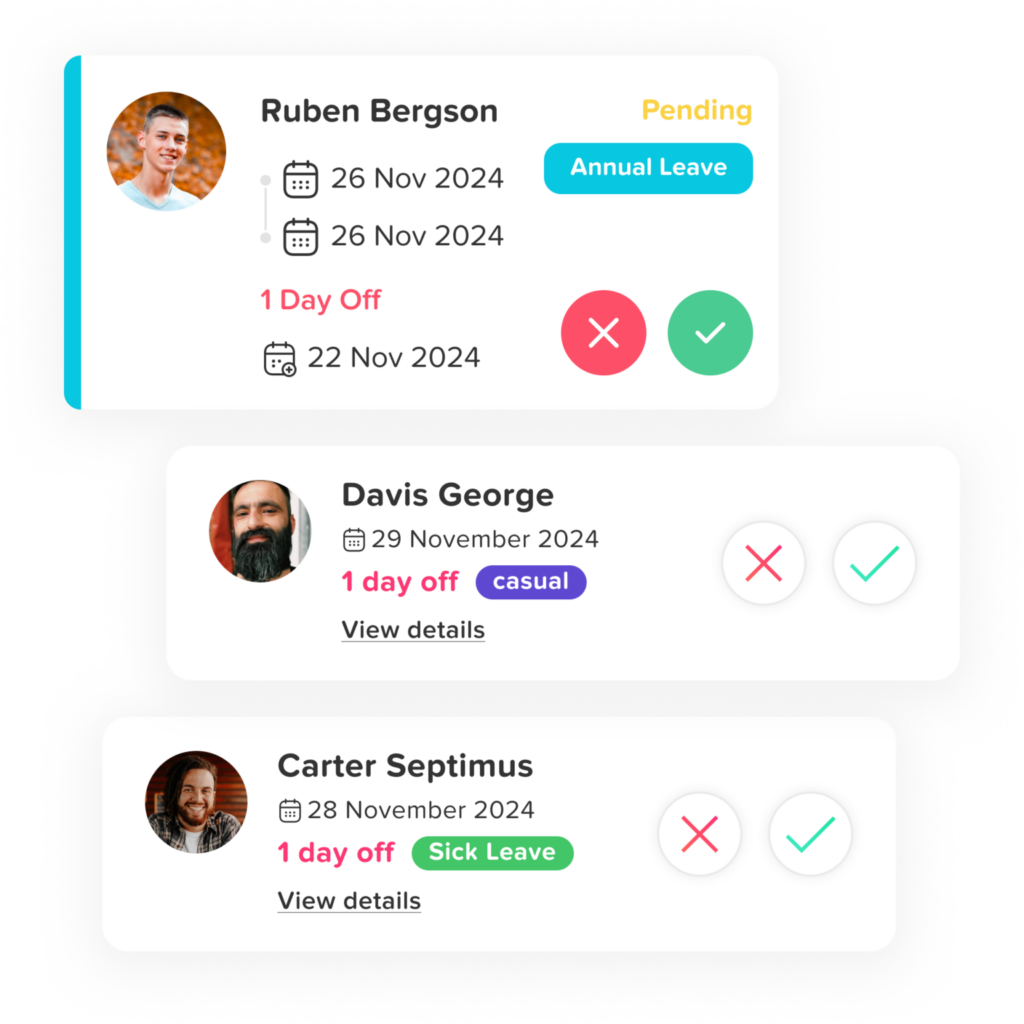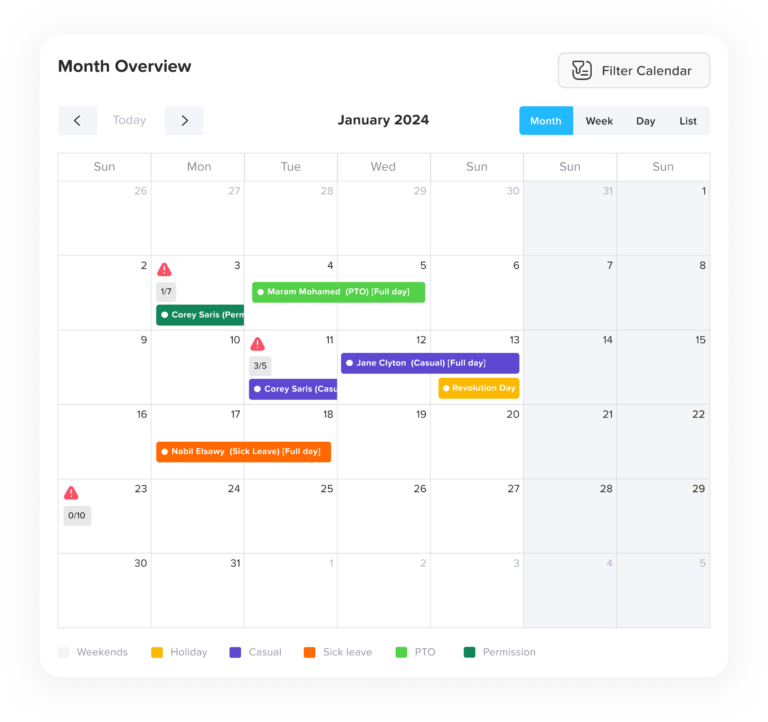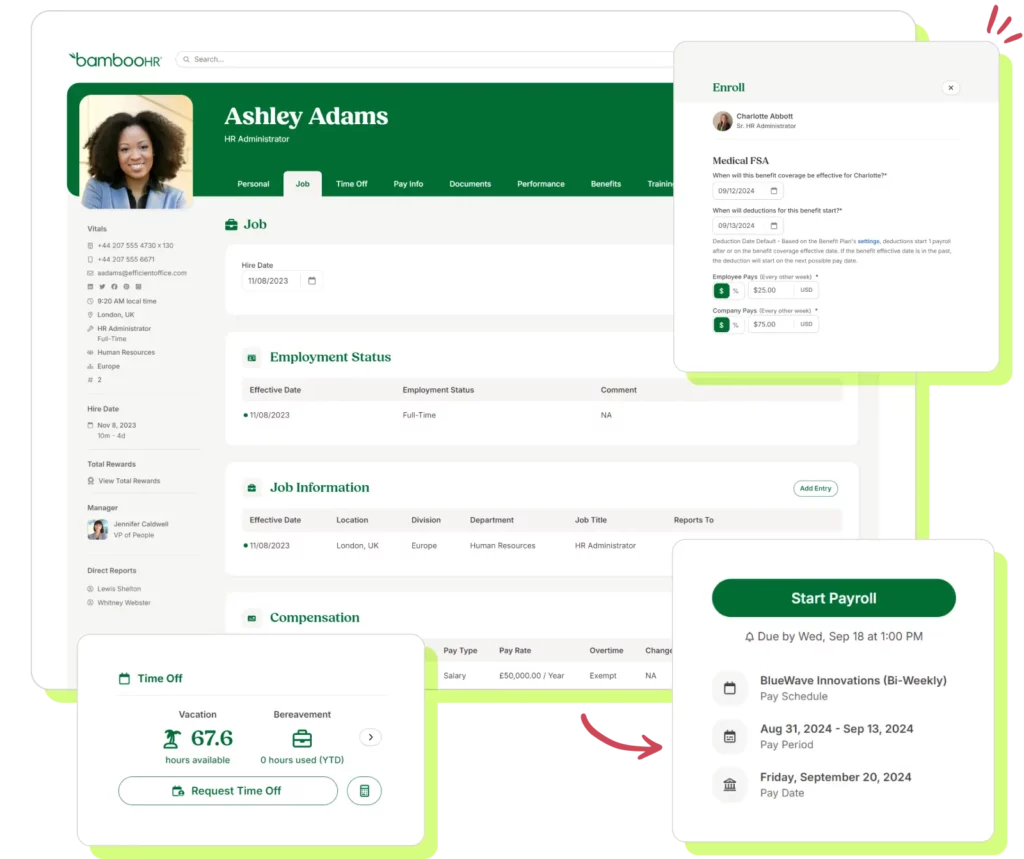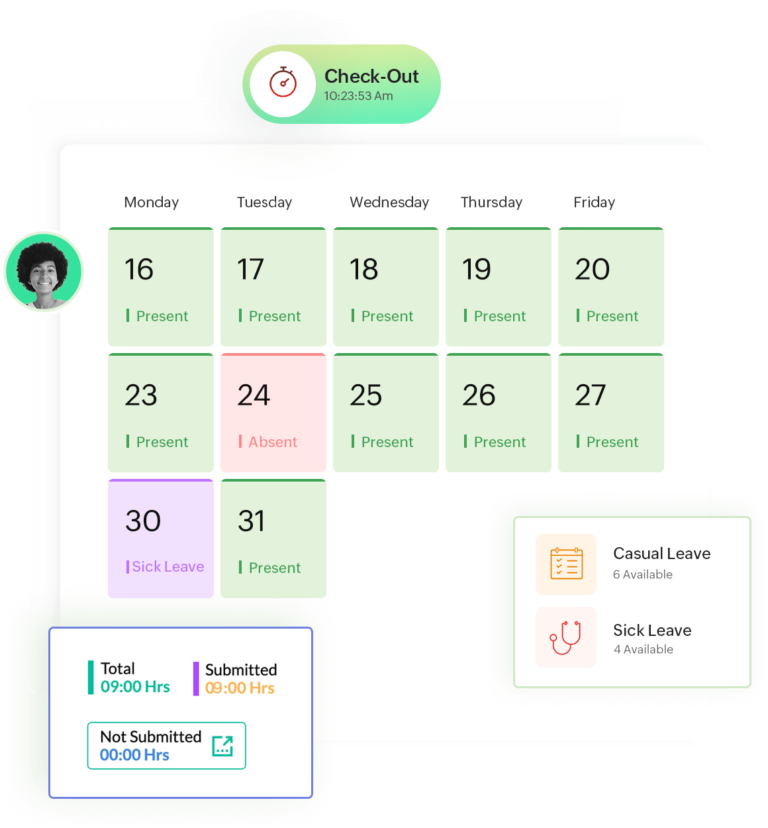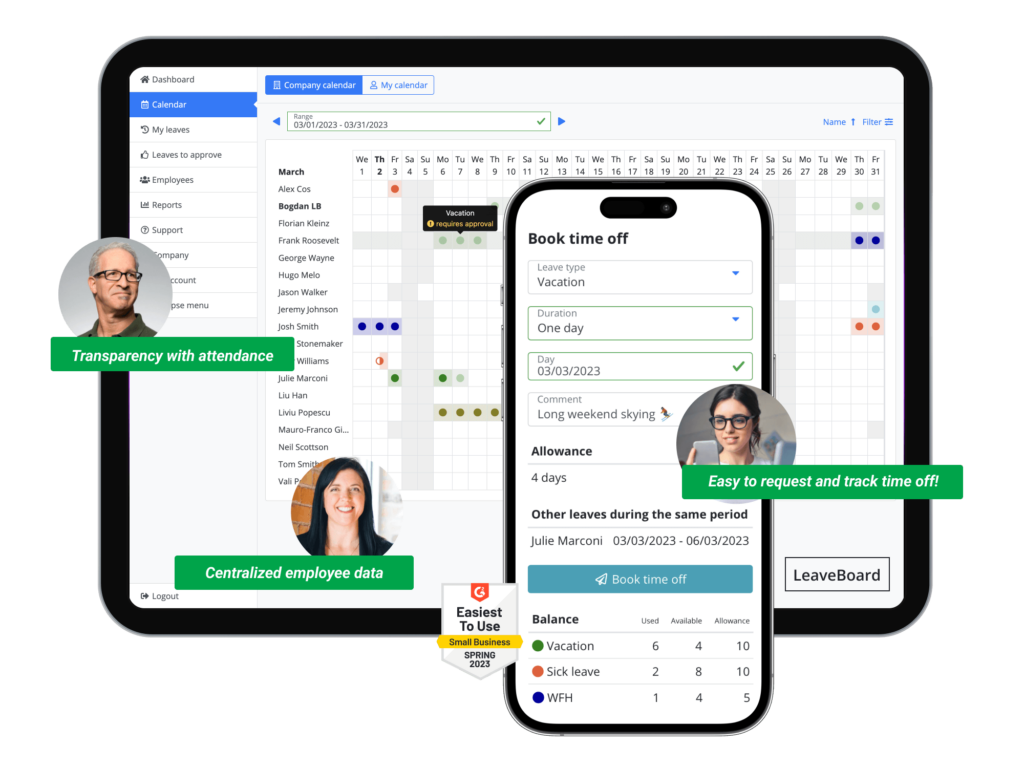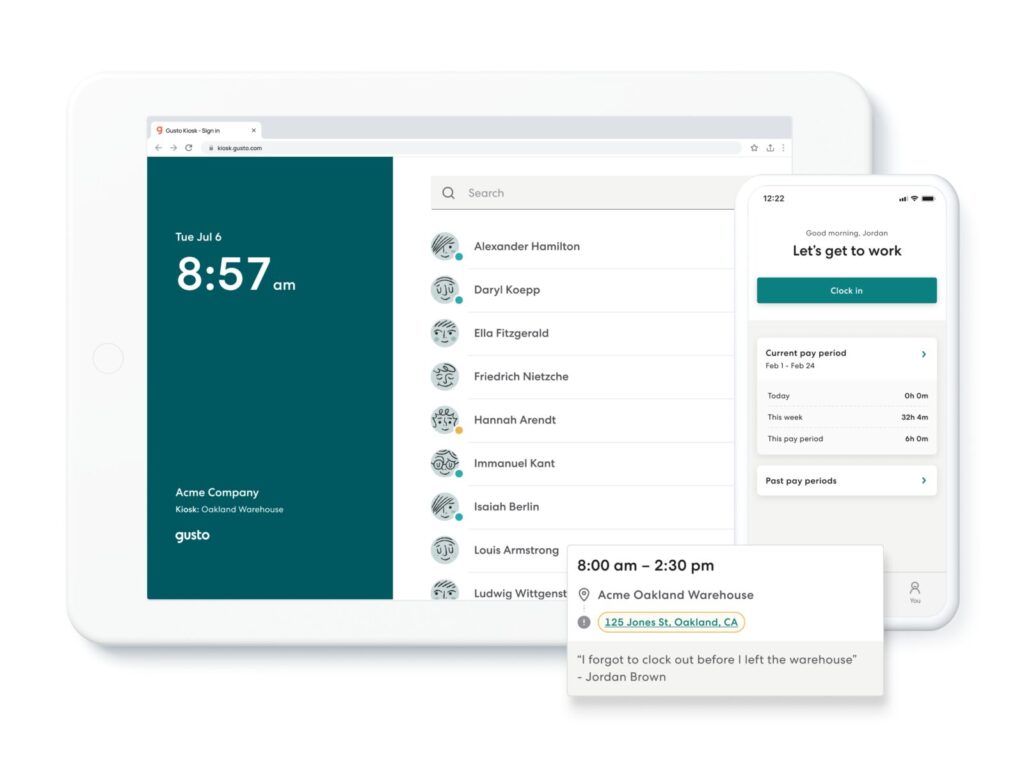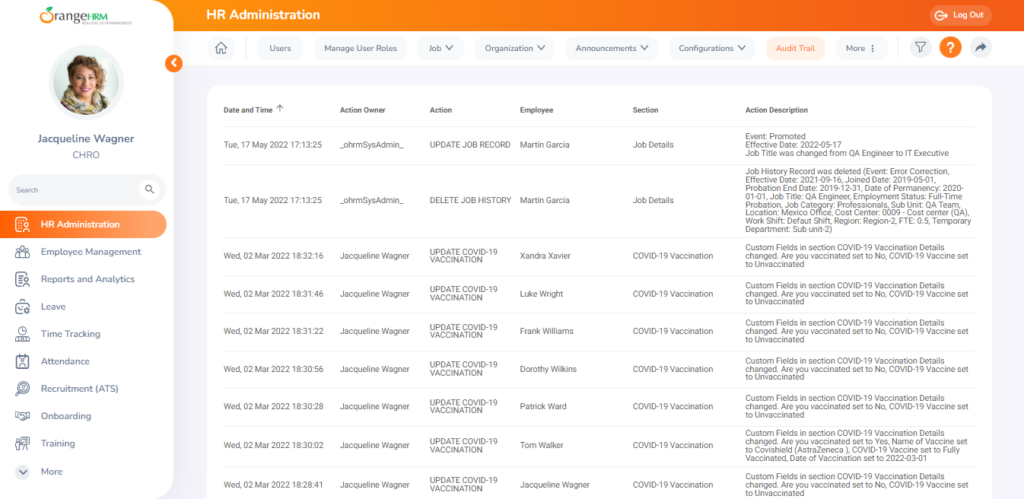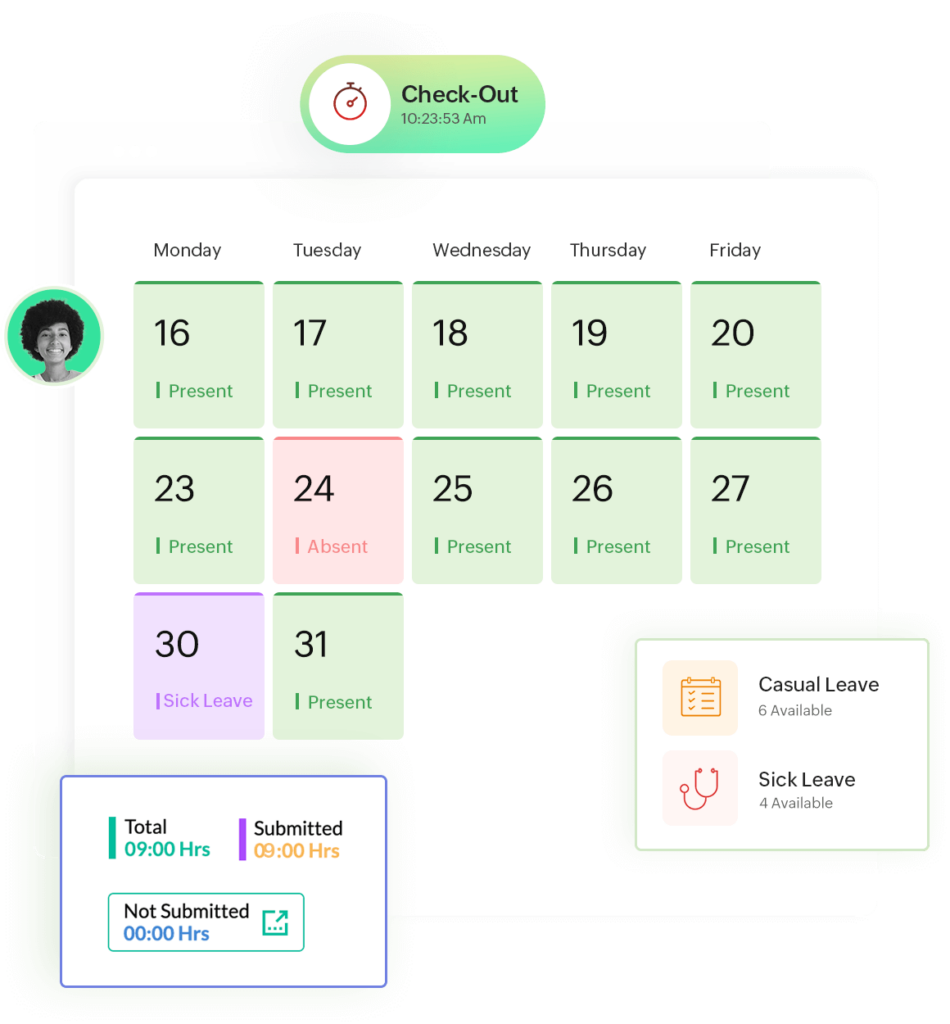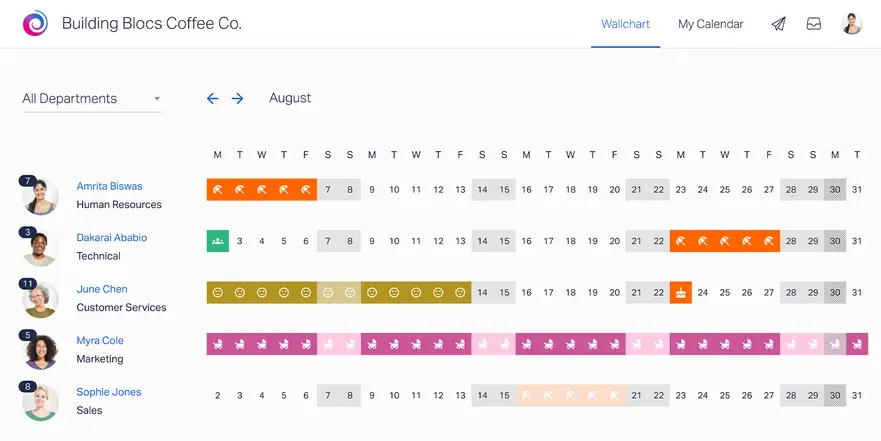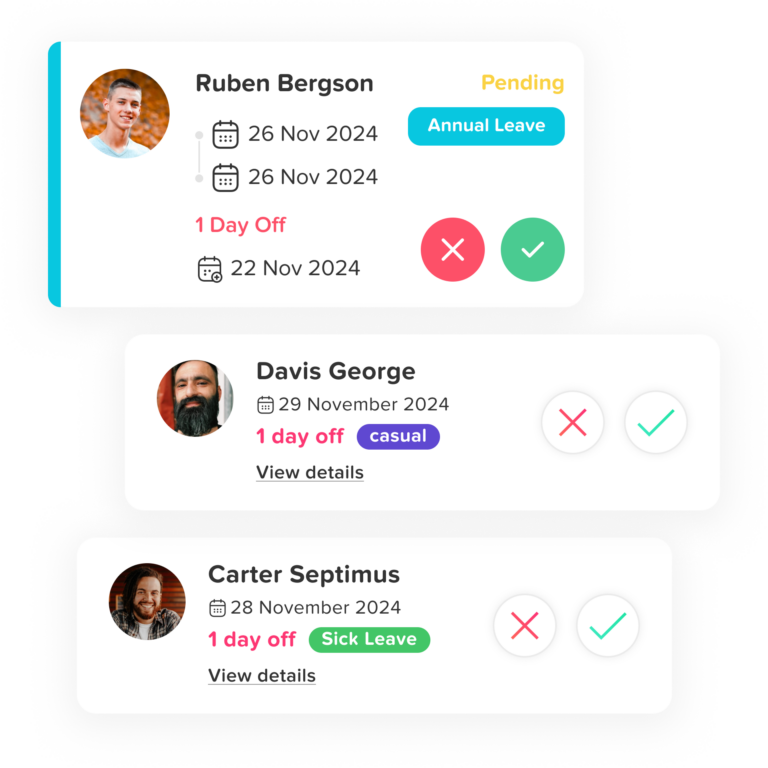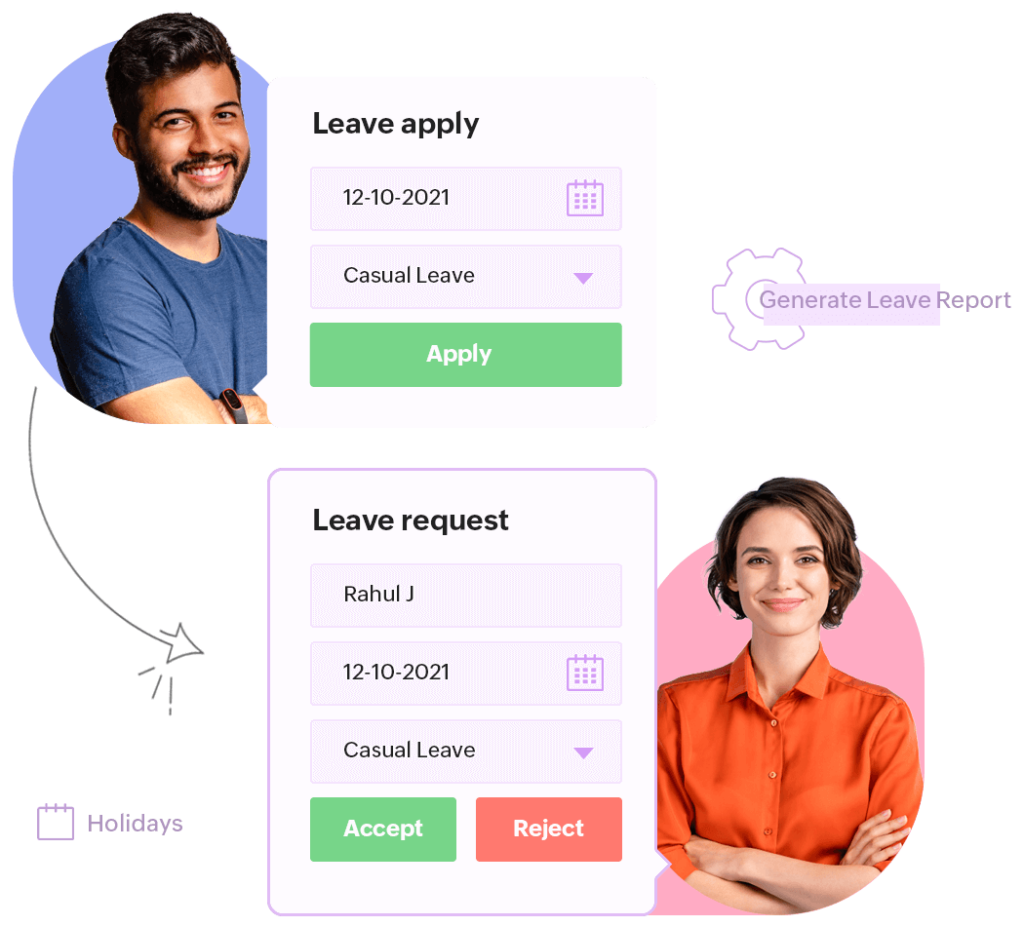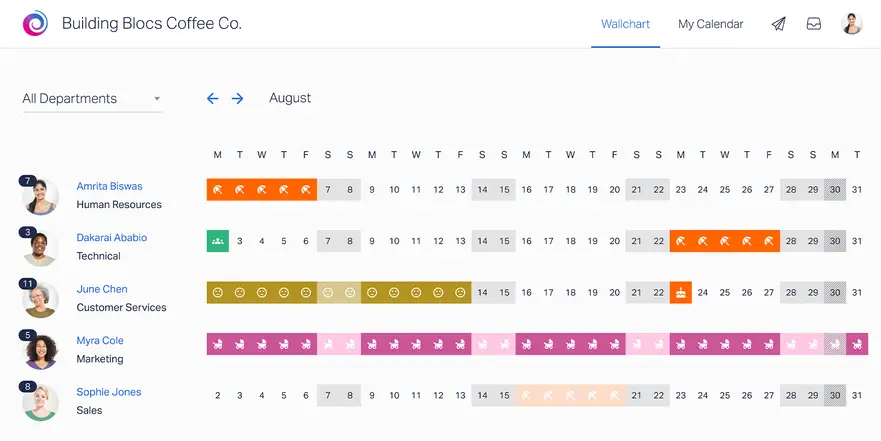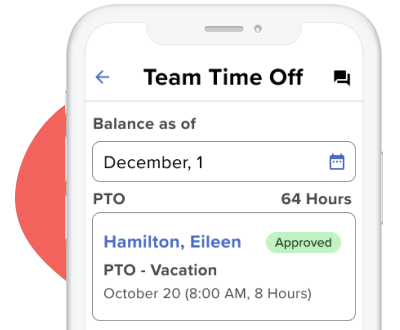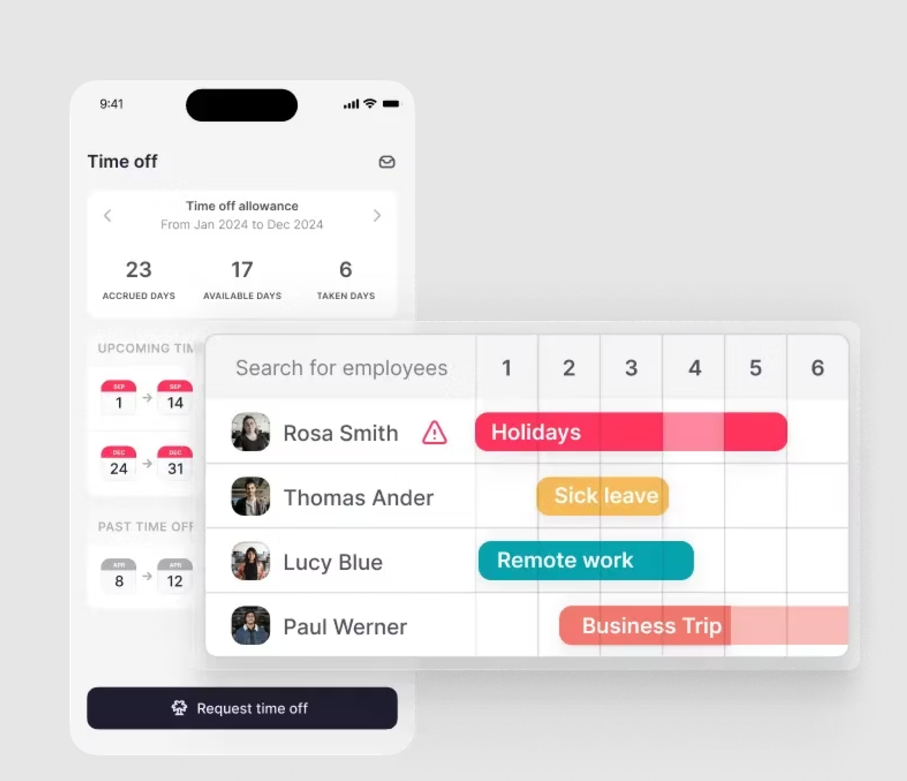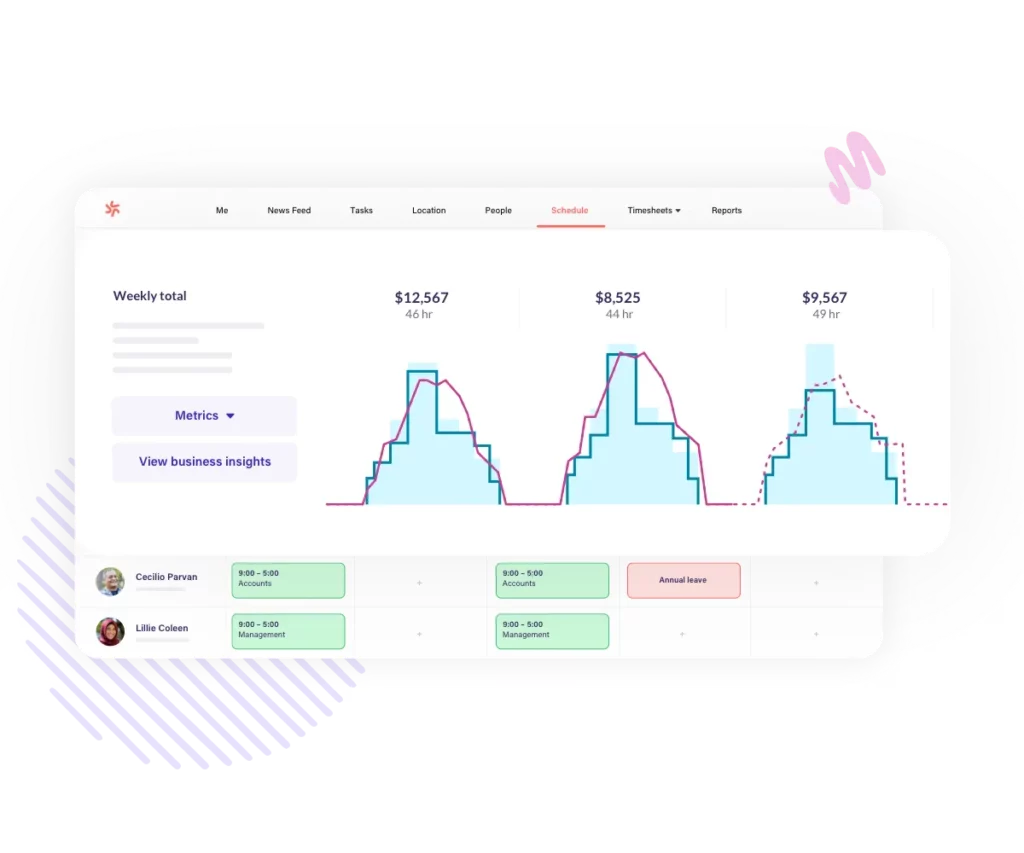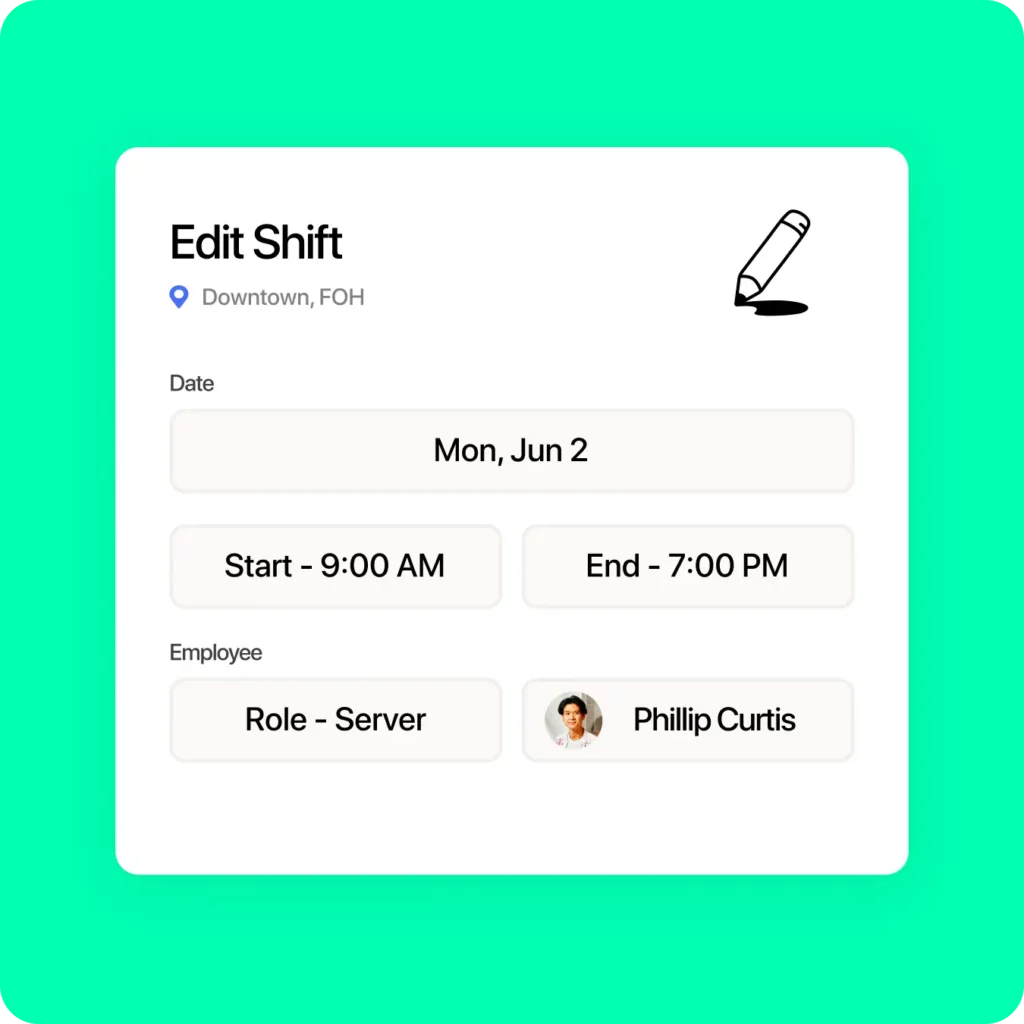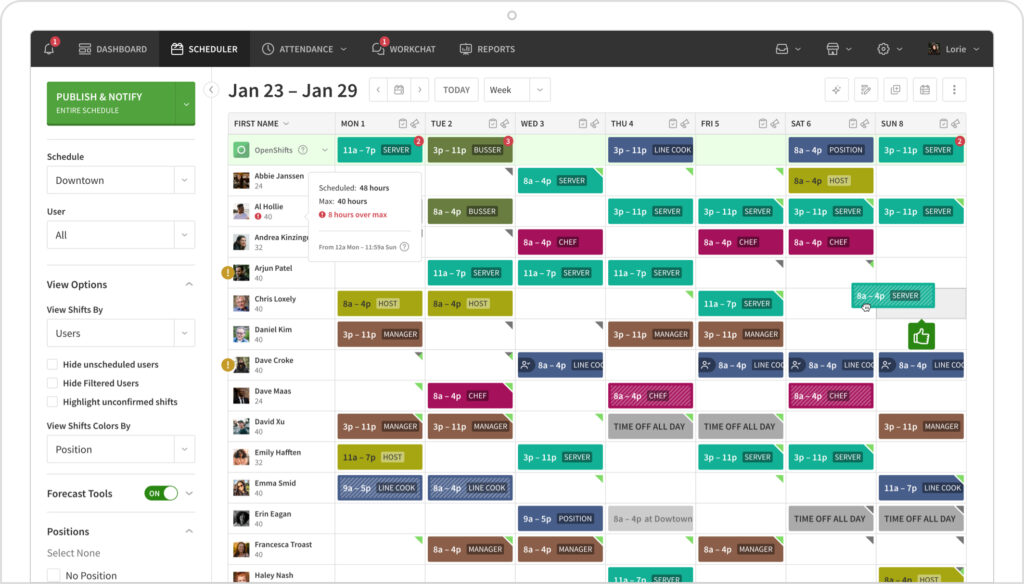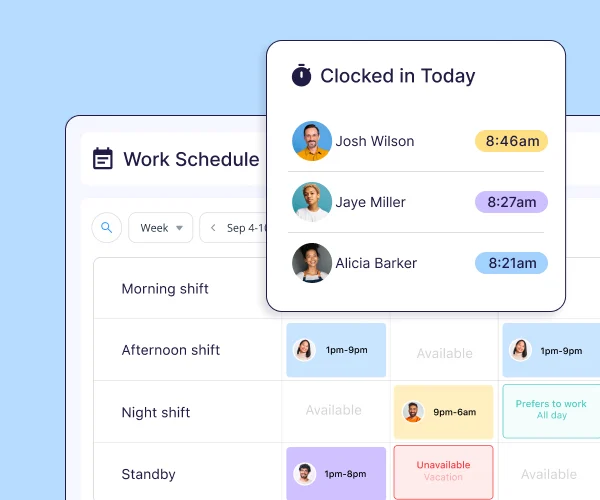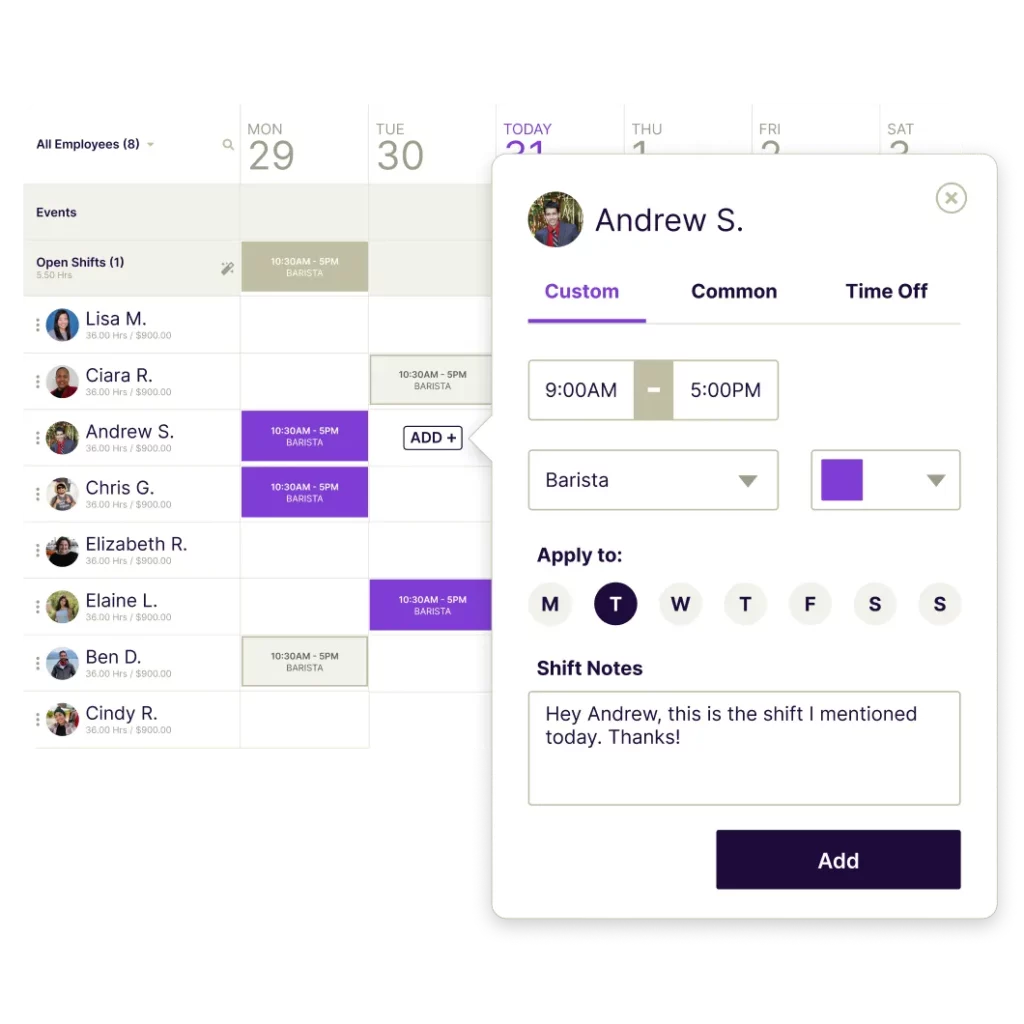Managing employee leave has always been an essential aspect of human resource management. Historically, businesses relied on paper-based systems or simple spreadsheets to track employee absences, vacations, and sick leaves. While these methods were once sufficient, they no longer meet the demands of modern workplaces. Transitioning to a digital leave tracker offers numerous advantages, from enhanced efficiency to improved accuracy and compliance. This article explores the benefits of digital leave tracking, the challenges of traditional methods, and how to successfully make the transition.
Day Off
The #1 Leave Tracker for your team’s PTO, vacations and absences, Day Off will help you to Manage PTO and absences in one place. In seconds you will set up your leave policies, approval workflow and enjoy a unique experience.
The “Day Off” app concept revolves around providing users a platform to manage their personal, sick, and vacation days more effectively. features aimed at both individual employees and organizations.
- Employees can track their balances up to date information about their available time off.
- You can add unlimited numbers of employees.
- Supports various leave types (e.g., annual, sick, maternity/paternity leave) and Supports Days and Hours balance, you can add unlimited numbers of leave types and leave policies.
- You can Customize week starting day settings according to your company’s operational days.
- Setting up public holidays specific to your country or region, by importing holidays from Google.
- The app can integrate with ( Slack, Google Kalender, Outlook Calendar and Teams)
- Supports Accruals & Carry overs.
The Challenges of Traditional Leave Tracker
1. Human Error
- Data Inaccuracies: Manual entry increases the risk of errors, such as recording incorrect leave dates or miscalculating remaining leave balances.
- Lost Documents: Paper forms can be misplaced, leading to confusion or disputes.
2. Lack of Real-Time Updates
- Delayed Approvals: Managers and HR may not have immediate access to leave requests, delaying the decision-making process.
- Outdated Balances: Employees may lack visibility into their current leave status, causing overbooking or mismanagement of time off.
3. Time-Consuming Process
- Cumbersome Approval Workflow: Tracking down forms, signatures, or email confirmations can slow the leave approval cycle.
- Manual Record-Keeping: HR teams spend excessive time consolidating data and generating reports.
4. Limited Accessibility
- No Centralized Records: Leave data stored in physical files or individual spreadsheets makes access challenging.
- Remote Work Challenges: Employees working remotely or across locations struggle to request and track leave effectively.
5. Compliance Risks
- Policy Misalignment: Ensuring compliance with labor laws and organizational policies is harder without automated checks.
- Audit Challenges: Proving adherence to leave policies during audits requires significant manual effort.
6. Employee Dissatisfaction
- Lack of Transparency: Employees often feel frustrated by unclear leave balances and inconsistent communication.
- Inefficient Communication: Back-and-forth emails or phone calls add to dissatisfaction and waste time.
7. Scaling Issues
- Growth Strains: As organizations grow, manual systems become unmanageable, leading to bottlenecks and inefficiencies.
- Resource Drain: HR teams are stretched thin, focusing more on administrative tasks than strategic functions.
Benefits of a Modern Digital Leave Tracker
1. Streamlined Leave Management
- Efficient Processes: Simplifies leave requests, approvals, and tracking by automating workflows.
- Standardized Policies: Ensures all employees adhere to consistent leave policies and procedures.
2. Real-Time Tracking and Updates
- Live Data: Employees and managers can access up-to-date leave balances, reducing misunderstandings.
- Proactive Notifications: Alerts for upcoming leaves, approval requests, or policy breaches ensure timely decisions.
3. Improved Accuracy
- Error-Free Calculations: Automates leave balance tracking, accruals, and deductions, minimizing mistakes.
- Compliance Assurance: Built-in rules ensure adherence to labor laws and company policies.
4. Enhanced Accessibility
- Self-Service Portals: Employees can view balances, submit requests, and check approvals anytime, anywhere.
- Mobile Access: Many digital leave trackers offer mobile apps for on-the-go management.
5. Data Centralization
- Unified Records: Consolidates leave data into a single platform for easy access and management.
- Easy Reporting: Generate custom reports for leave trends, compliance, and payroll integration effortlessly.
6. Integration with Calendars
- Seamless Sync: Automatically syncs approved leaves with company calendars, providing visibility into team schedules.
- Improved Planning: Managers can coordinate team availability and avoid scheduling conflicts.
7. Cost and Time Savings
- Reduced Admin Workload: Automation frees HR from repetitive tasks, allowing them to focus on strategic initiatives.
- Minimized Disputes: Transparent systems reduce time spent resolving leave-related conflicts.
8. Scalability and Customization
- Adaptability: Scales with the organization’s growth, handling new leave policies, employees, or locations seamlessly.
- Tailored Solutions: Customizable workflows and leave types meet the specific needs of different teams or regions.
9. Employee Satisfaction
- Transparency: Employees gain trust through clear and consistent leave policies.
- Ease of Use: Intuitive systems improve the overall employee experience.
10. Eco-Friendly Operations
- Paperless Transactions: Eliminates paper forms, supporting environmental sustainability efforts.
Steps to Transition from Paper to Digital
Transitioning to a digital leave tracker may seem daunting, but with proper planning, it can be a smooth and rewarding process. Follow these steps to ensure a successful implementation:
Evaluate Your Needs
Assess your organization’s size, leave policies, and existing processes. Identify key features you need in a leave tracker, such as multi-location support, customizable leave types, or mobile access.Choose the Right Leave Tracker
Research and compare digital leave tracking solutions. Look for software that meets your requirements, offers scalability, and provides user-friendly interfaces. Popular options include Day Off, BambooHR, and Zoho People.Involve Stakeholders
Engage employees, HR staff, and managers in the decision-making process. Their input can help you choose a system that aligns with your organization’s culture and workflow.Prepare for Data Migration
Gather and organize existing leave records for migration to the new system. Many leave trackers offer import tools to simplify this process.Train Employees and Managers
Provide training sessions and resources to ensure everyone understands how to use the new system effectively. Highlight its benefits to encourage adoption.Test the System
Conduct a pilot run with a small group of users to identify and resolve any issues before rolling it out company-wide.Launch and Monitor
Implement the leave tracker across the organization. Monitor its performance and gather feedback for further optimization.
Overcoming Potential Challenges
Transitioning to a digital leave tracker may involve some initial hurdles, such as resistance to change or technical issues. Address these challenges by:
- Communicating Benefits Clearly: Highlight how the system simplifies leave management and reduces administrative burdens.
- Offering Support: Provide ongoing technical support and user guides to ensure a smooth transition.
- Customizing Features: Tailor the software to align with your company’s policies and needs.
The Future of Leave Management
As workplaces continue to evolve, adopting modern tools like digital leave trackers is no longer optional it’s essential. These systems not only simplify administrative tasks but also foster transparency, improve employee satisfaction, and support compliance with legal requirements. The transition from paper to digital is an investment in efficiency and accuracy that benefits both businesses and employees.
Conclusion
Switching from paper-based leave management to a digital leave tracker can transform how your organization handles employee time off. By automating processes, reducing errors, and enhancing accessibility, a digital solution ensures your business stays ahead in an increasingly competitive environment. Start your journey today by evaluating your needs, choosing the right software, and embracing the future of leave management.
